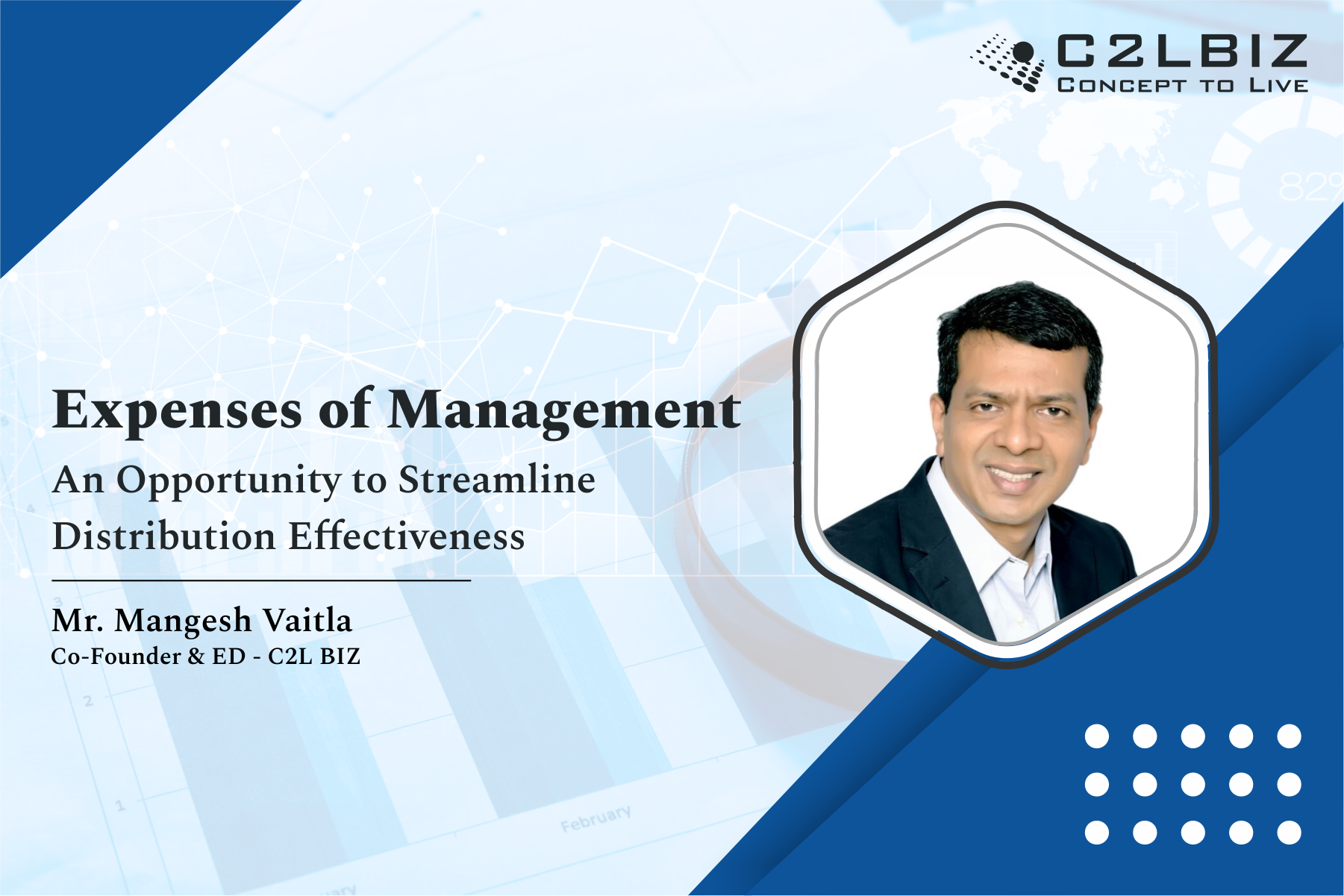Recent regulations on Expenses of Management (EoM) by the Insurance Regulatory Development of India (IRDA) in India in an interesting development for India’s insurance industry and seems to bring it in line with the matured markets and recent global trends. The regulation limits the overall management and distribution expenses incurred by insurance companies on their customers.
This move comes with the regulators’ intention to enhance access to affordable insurance, to accomplish its mission of “Insurance for all by 2047”. IRDAI’s EoM changes will help insurers focus on efficiency and effectiveness in the distribution and management of its business, comprehensively. This, along with other recent product regulations, open architecture and ecosystem changes viz. UPI, aggregation platforms etc, InsurTech providers are helping improve the competitiveness of the entire industry and its mission to increase penetration of insurance products in India.
The EoM regulation addresses the demand from the insurance industry for eliminating micromanagement and freeing the industry to manage & design distribution/ compensation strategies and expenses, which are more aligned to their business strategies. Containing the overall expenses of distribution and management overheads seems to be a step in the right direction and will only help grow the industry. With openness, the industry will now have increased responsibility for self-regulation and will need to institute better and holistic operational processes, to track the expenses. On an ongoing basis, insurers will need robust systems to instill confidence among the CXOs, compliance officers and board members, too.
As the EoM regulation comes into effect, we foresee that insurance carriers will need to adapt to certain critical areas:
- A natural consequence of EoM is the increase in competition to attract and retain high-performing distributors. Insurers are well aware of the Pareto Principle of 80-20 and adequately protect the top 20% of distributors who contribute to 80% of the business. They need to be differently rewarded and serviced from the average or the low performers. Therefore, under the new EOM regime, insurers will need capabilities and systems that can differentiate compensation, services and even pay-outs to these high performers.
- Under the EoM regime, it will be vital that the distribution compensation strategy should be well-aligned to the business strategy to achieve defined business goals. Conventionally, management of distribution has evolved and operated in silos. Distribution costs across different types of commissions, incentives, salaries, rewards & recognition, onboarding programs, etc will have to be managed holistically and optimization ensured for each type of business while maintaining overall or channel-wise budgets and limits.
- Regular tracking and proactive actions on regular basis will be quintessential to meeting the EoM objectives. Business heads will need to analyze past compensations and learn about their effectiveness in meeting the company’s business objectives. Business heads will be able to evaluate only when such complete holistic distribution compensation information (qualitative and quantitative) is available and is simulated before refining the compensation structure, any further.
- Under the new self-regulatory EoM regime, systems which instill confidence among the CXOs and board members with seamless systemic data, processes and audits will be mandatory and will be a significant change against the summary reporting of the earlier regime.
At an overall level, the EoM in percentage terms appears to be uniform for the entire industry. However, for medium and small segment players, it leaves lesser headroom for distribution expenses as they already have higher overheads due to the smaller scale of operations. Technology is a great leveller and can definitely be leveraged by all players. Thus, the implementation of EoM is a lever that can move the entire industry to the next level of growth. While there is a glide path provided for insurers to align to the limits, it can be anticipated that regulators will only keep reducing the EoM limits with improving the efficiency of the overall industry.
In a competitive landscape, the value chain is splitting and InsurTech players can offer services that address the gaps and bring differentiating channel capabilities to meet the EoM needs. This would not just address the distribution operational needs but will help insurers thrive. Some Insurtech providers can bring in global best practices, intelligent, low-code/ no-code designs, and provide end-to-end robust systems/ services with pay-as-you-go models. Thus, EoM can be turned into an opportunity to, not only address said needs, but also to quickly learn, simulate, test out and launch innovative schemes, to gain a competitive edge and propel growth. Robust, globally proven Insurtech players will help insurers differentiate and service their partners and assure the CXOs and Board members of comprehensive compliance.
Insurers, this is an invitation for you to leverage this opportunity, to thrive in the emerging world of self-regulation and higher transparency!





